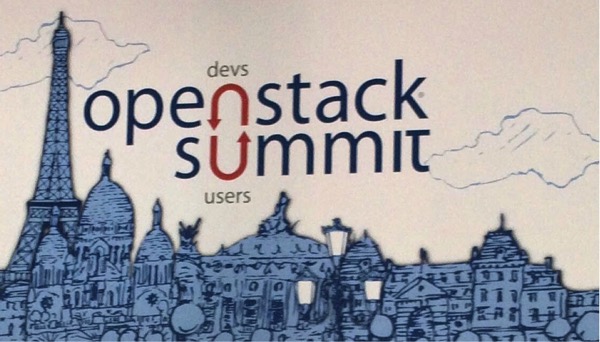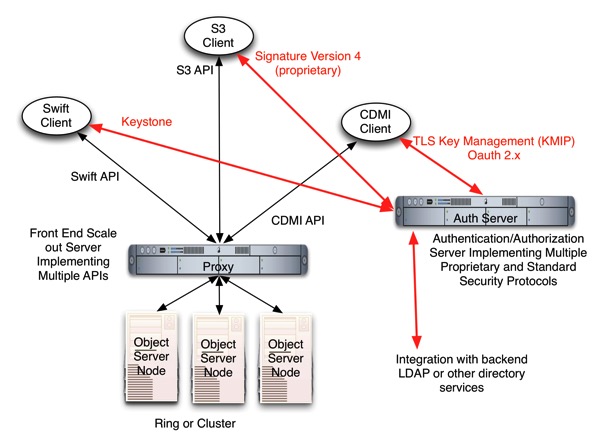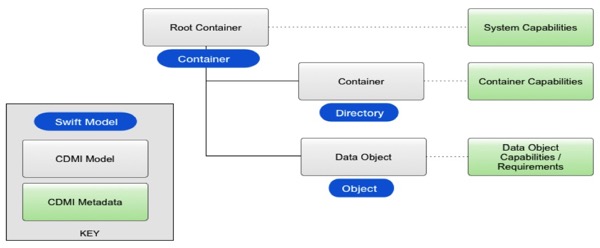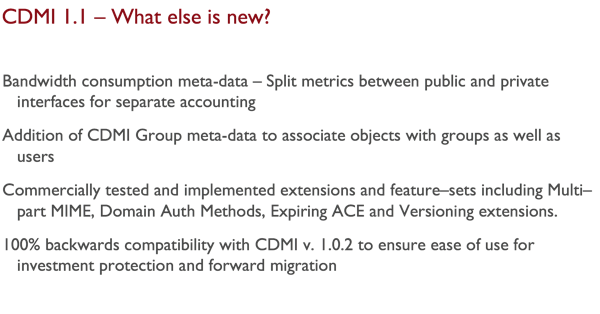More than 300 people have seen our Webcast “OpenStack Cloud Storage.” If you missed it, it’s now available on demand. It was a great session with a lot of questions from attendees. We did not have time to address them all – so here is a complete Q&A. If you think of any others, please comment on this blog. Also, mark your calendar for January 29th when the SNIA Cloud Storage Initiative will continue its Developers Tutorial Series with a live Webcast on OpenStack Manila.
Q. Is it correct to say that one can use OpenStack on any vendor’s hardware?
A. Servers, yes, assuming the hardware is supported by Linux. Block storage requires a driver, and not all vendor systems have Cinder drivers.
Q. Is there any OpenStack investigation and/or development in the storage networking area?
A. Cinder includes support for FC and iSCSI. As of Icehouse, the FC support also includes auto-zoning.
Q. Is there any monetization going on around OpenStack, like we see for distros of Linux?
A. Yes, there are already several commercial distributions available.
Q. Is erasure code needed to get a positive business case for Swift, when compared with traditional storage systems?
A. It is a way to reduce the cost of replication. Traditional storage systems typically already have erasure coding, in the form of RAID. Systems without erasure coding end up using more storage to achieve the same level of protection due to their use of 3-way replication.
Q. Is erasure code currently implemented in the current Swift release?
A. No, it is a separate development stream, which has not been merged yet.
Q. Any limitation on the number of objects per container or total number of objects per Swift cluster?
A. Technically there are no limits. However, in practice, the fact that the containers are implemented using SQL lite limits their size to a million or maybe a few million objects per container. However, due to the way that Swift partitions its metadata, each user can also have millions of containers, and there can be millions of users. So practically speaking, the total system can support an unlimited number of objects.
Q. What are some of the technical reasons for an enterprise to select Swift vs. Amazon S3? In other words, are they pretty much direct alternatives, or does each have its own preferred use cases?
A. They are more or less direct alternatives. There are some minor differences, but they are made for the same purpose. That said, S3 is only available from Amazon. There are some S3 compatible systems, but most of those also support Swift. Swift, on the other hand, is available open source or from multiple vendors. So if you want to run it in your own data center, or in a public cloud other than Amazon, you probably want Swift.
Q. If I wanted to play around with Open Stack, Cinder, and Swift in a lab environment (or in my basement), what do I need and how do I get started?
A. openstack.org is the best place to start. The “devstack” distribution is also good for playing around.
Q. Will you be showing any features for Kilo?
A. The “Futures” I showed will likely be Kilo features, though the final decision of what will be in Kilo won’t happen until just before release.
Q. Are there any plans to implement data encryption in Cinder?
A. I believe some of the back ends can support encryption already. Cinder is really just a provisioning and orchestration layer. Encryption is a data path feature, so it would need to be implemented in the back end.
Q. Some time back I heard OpenStack Swift is going to come up with block storage as well, any timeline for that?
A. I haven’t heard this, Swift is object storage.
Q. The performance characteristics of Cinder block services can vary quite widely. Is there any standard measure proposed within OpenStack to inform Nova or the application about the underlying Cinder block performance characteristics?
A. Volume types were designed to enable clouds to provide different levels of service. The meaning of these types is up to the cloud administrator. That said, Cinder does expose QoS features like minimum/maximum IOPS.
Q. Is the hypervisor talking to a cinder volume or to (for example) a NetApp or EMC volume?
A. The hypervisor talks to a volume the same way it does outside of OpenStack. For example, the KVM hypervisor can talk to volumes through LVM, or can mount SAN volumes directly.
Q. Which of these projects are most production-ready?
A. This is a hard question, and depends on your definition of production ready. It’s hard to do much without Nova, Glance, and Horizon. Most people use Cinder too, and Swift has been in production at HP and Rackspace for years. Neutron has a lot of complexity, so some people still use Nova network, but that has many limitations. For toy clouds you can avoid using Keystone, but you need it for a “production” cluster. The best way to get a “production ready” OpenStack is to get a supported commercial distribution.
Q. Are there any Plugfests?
A. No, however, the Cinder team has a fairly extensive and continuous integration process that drivers need to pass through. Swift does not because it doesn’t officially “support” any plugins.





